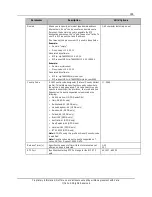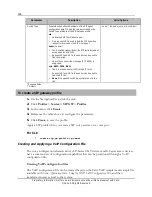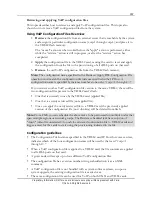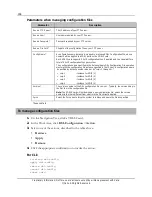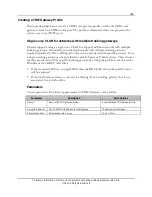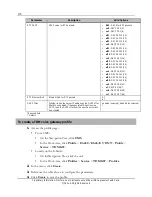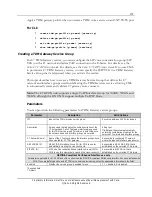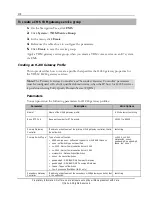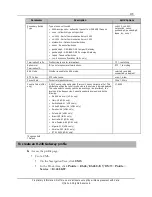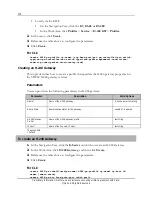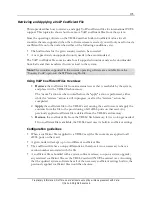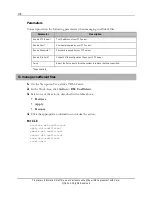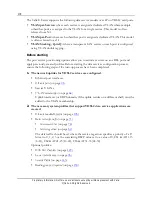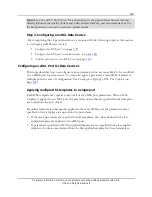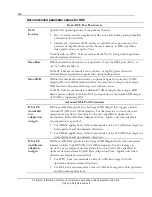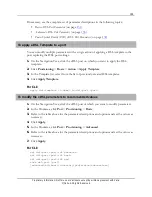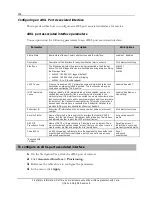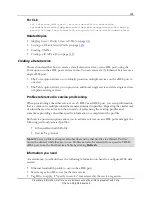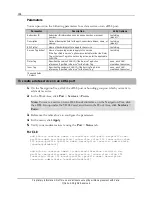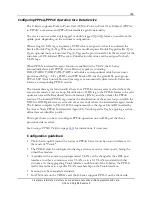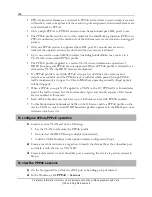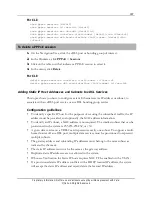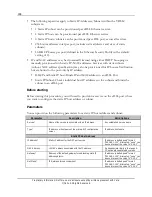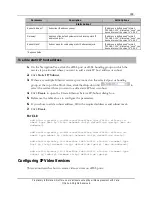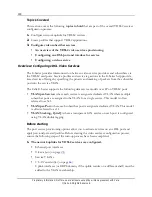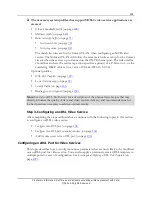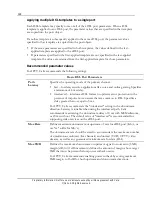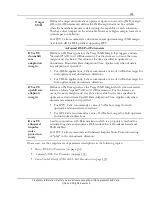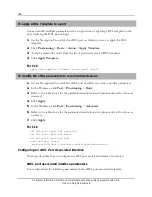
179
Proprietary Information: Not for use or disclosure except by written agreement with Calix.
© Calix. All Rights Reserved.
Note:
See
Calix xDSL Best Practices
for a description of the physical layer factors that may
directly influence the quality of data and video services delivery, and recommendations for
the best practices necessary to achieve optimal results.
Step 3. Configuring an xDSL Data Service
After completing the steps outlined above, continue with the following topics in this section
to configure an xDSL data service:
Configure the xDSL port.
(on page
179
)
Configure the xDSL port associated interface.
(on page
182
)
Add the data service to the xDSL port.
(on page
183
)
Configuring an xDSL Port for Data Services
This topic describes how to configure various parameters that are more likely to be modified
on an xDSL port for data service. You can also apply a previously-created DSL template to
multiple ports for ease of configuration. See
Creating and Applying a DSL Port Template
(on
page
129
).
Applying multiple DSL templates to a single port
Each DSL template may specify some or all of the xDSL port parameters. When a DSL
template is applied to an xDSL port, the parameter values that are specified in that template
are copied into the port object.
If another template is subsequently applied to the same xDSL port, the parameter values
specified in that template are copied into the port object.
If the same parameters are specified in both templates, the values defined in the last-
applied template are applied to the xDSL port.
If parameters specified in the first-applied template are not specified in the last-applied
template, the values are retained from the first-applied template for those parameters.

